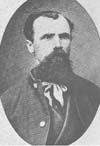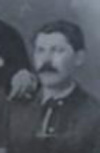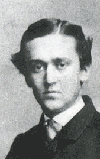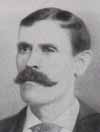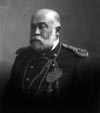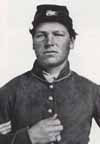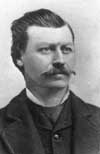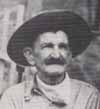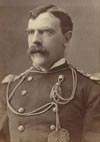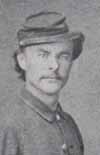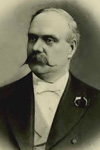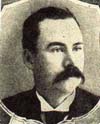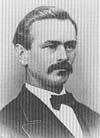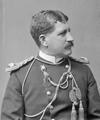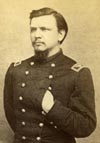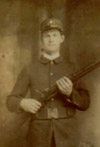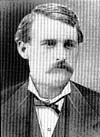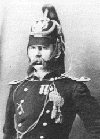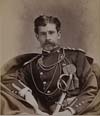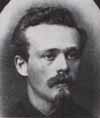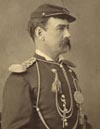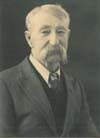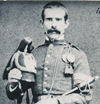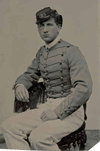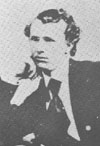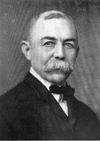George Blunt (left) was born on January 9, 1846, in Baltimore, Maryland. He was a Private in Company K who participated in the hilltop fight during the Battle of the Little Bighorn.
Francis Johnson Kennedy (right) died on January 9, 1924, in St. Paul, Minnesota, and was buried in Calvary Cemetery there. His obituary claimed he was prevented from participating in the battle because of a snake bite. That contradicts other accounts that have him in sick quarters prior to the battle, with the pack train in June, and fighting on Reno Hill during the battle. At some point, Kennedy apparently said he led Capt. Keogh’s horse Comanche.
John W. Burkman (left) was born in Allegheny County, Pennsylvania, on January 10, 1839. He was a Private with Company L who was with the pack train and participated in the hilltop fight during the battle.
John Dolan (right) married Lena C. Eagan on January 10, 1876, at Fort Abraham Lincoln, Dakota Territory. He was a Private in Company M who was on detached service on the steamer Far West during the battle.
Ferdinand Augustus Culbertson (left) died on January 10, 1889, in Detroit, Michigan, and was buried in the Woodmere Cemetery there. He was a Sergeant in Company A who participated in the valley and hilltop fights.
Timothy Sullivan died on January 10, 1903, in Washington, D.C., and was buried in the Soldiers’ Home National Cemetery there. He was a Private with Company L who was with the pack train and in the hilltop fight.
Benjamin Franklin Burdick died on January 11, 1930, in Albany, New York, and was buried in the Beverwyck Cemetery in Rensselaer, New York. He was a Private in Company A who was not present at the battle due to detached service at Powder River, Montana.
Bernard Lyons died on January 12, 1901, in Chicago, Illinois, and was buried in Calvary Cemetery in Evanston, Cook County, Illinois. He was a Private with Company F who was in the hilltop fight during the battle.
John H. Jordan died in Hartford, Connecticut, on January 12, 1906, and was buried in Old North Cemetery there. He was a Private with Company C who was with the pack train and participated in the hilltop fight.
Lawrence Murphy died on January 13, 1888, at the Soldiers’ Home in Washington, D.C., and was buried in its National Cemetery. He was a Sergeant with Company E, but he was on detached service at Powder River, Montana, during the battle.
William Martin died in Knoxville, Tennessee, on January 13, 1900, and was buried there. He was a Private with Company B who participated in the hilltop fight.
James Madison DeWolf (left) was born in Mehoopany, Pennsylvania, on January 14, 1843. He was the Acting Assistant Surgeon for the Seventh who was killed during the battle.
Thomas F. O’Neill (right) was born on January 14, 1846, in Dublin, Ireland, the son of Francis and Mary Kelly O’Neill. He was a Private with Company G who participated in the valley and hilltop fights.
Andrew Fredericks died from pyemia of his kidneys on January 14, 1881, at Fort Totten, Dakota Territory, and was first buried in the Fort Totten Post Cemetery. He was later reinterred in Custer National Cemetery on Crow Agency, Montana. He was a Sergeant in Company K who participated in the hilltop fight.
Charles Braden (left) died on January 15, 1919, in Highland Falls, New York, and was buried at the U.S. Military Academy Post Cemetery. He was not present at the battle due to wounds suffered during an Indian attack on his camp on the Yellowstone River on August 11, 1873. He was granted a leave of absence on March 13, 1874, until he retired due to disability on June 28, 1878.


